Excellent news: you’ve bought an off-roader. A new world awaits: a world without asphalt, road rage, roadside rubbish, middle-lane hogs or tailgaters. Or public toilets or recovery services, but let’s not dwell.
Using a 4x4 as it was intended for the first time can be somewhat daunting, though. This, then, is a rough, step-by-step guide to off-roading. It’s by no means a comprehensive instruction for every situation you could possibly find yourself in, but it contains lots of good advice – and, crucially, we hope, no bad advice.
Step 1: Know your vehicle
You might be using a full-on 4x4, but even many modest crossovers have a surprising degree of ability. Four-wheel drive is crucial in poor conditions, but all-terrain tyres are even more essential. Tyre quality is typically what stands between a vehicle making it somewhere and back and not doing so.

The handbook will list off-roading angles: approach, breakover (ramp), departure and perhaps the angle at which it will tip over sideways. But unless you carry a protractor, these aren’t essential to memorise.
Better to know what’s vulnerable on the underside of the vehicle: if there are skidplates or if the sump, exhaust and more are exposed. Also from where, if you’re among company (we’d recommend you are), the vehicle can tow. 4x4s have hooks designed for this. Know how to get to the spare wheel, too. It’s worth noting the wet wade depth and where the engine air intake is – although if you’re challenging these on your first time out, you’ve been quite ambitious.
Finally, get to know what, if any, off-road-specific technology the car comes with; most modern 4x4s have hill descent control and perhaps stability control that can be tuned for different underwheel terrains.
Step 2: Know where you're going
In short, you only want to drive where it’s legal to do so. If you’ve heard of people talking about green lanes, they mean byways that are open to all traffic, or unclassified roads. Both appear on Ordnance Survey (OS) maps, but that doesn’t always mean you can drive on them. Access is restricted in winter on some and some are width-restricted or subject to other local by-laws.
It’s worth joining the Green Lane Association (glass-uk.org), which can provide advice and has an online database of accessible routes. The start and end points of many green lanes are visible on Google Street View, so you can look to see if there are any signs listing restrictions.

OS has a great smartphone app, but it’s worth carrying a paper map as well, so you can, if challenged, be more confident in showing you’re legally entitled to drive on that lane. It’s worth planning the route in advance and, if going alone, telling someone where you will be and when you should be back.
Alternatively, like doing a track day, you can sign up to some time on privately owned 4x4 facilities (search online or see sites like protraxoverlandadventures.co.uk). These are cheap, they’re quite often in disused quarries, you get intensive time with drivers of all experiences and you can build up during the day to more challenging terrain.
Step 3: Pack well
Make sure you take all the kit you will or might need. This includes:
â— Enough fuel to get there and back.
â— A first-aid kit.
â— A torch.
â— Suitable clothing and footwear.
â— A mobile phone and charger.
â— Food and drink.
â— A full-size spare wheel.
â— A good vehicle jack.

Consider also taking a shovel, a tow rope and loppers (obstructive branches, common on green lanes in summer, may be cut back, although any wood must be left behind). An extra water canister is handy for cleaning numberplates, lights and windows. And if you’re going with friends, a walkie-talkie set is a nice idea. Make sure it’s all strapped in.
Step 4: Technique
So once you’re kitted up, that means you can crack on, yes? Well, yeah, basically. But there are some techniques that are worth understanding and remembering.
In public spaces – or if you’re depending on your 4x4 to get you home again – drive as slowly as possible but as fast as necessary. The recommended speed limit on unmade roads is 12mph.

You can generally keep a relaxed grip on the steering wheel. In older cars particularly, it’s advised that you don’t hook your thumbs inside the rim in case they get whacked by the spokes should the wheel be jarred. This is less of an issue with modern, heavily assisted steering systems but still not bad advice.
Use smooth steering, braking and throttle inputs wherever you can. Most modern 4x4s have an automatic gearbox but, in a manual, avoid gearchanges while involved in any tricky manoeuvres.
Step 5: Types of terrain
Mud

Mud is the most common type of challenging underwheel terrain in the UK, unsurprisingly. Driving through it wants steady momentum, so avoid stopping just before an incline or, worse, on one. Ruts are common; if you can straddle deep ones, that makes life easier and lessens the environmental impact. But if the legal track is narrow, it’s better to stay in them. Try to avoid wheelspin: it just makes ruts deeper and loses momentum. Keep a distance from other vehicles and make a mental note of where the ground is firmer, ahead and behind, so you know you can get going again after stopping.
Hills
Before climbing, have a look at the top of the hill on foot to see what’s on the other side and where you can stop at the summit. This will also give you an idea of how much speed you may need to carry onto the slope and whether the car will nose into it if you approach it too quickly.
Try to stay straight, not traversed, because of the rollover risk. Don’t try to turn across the slope. And if you don’t make it up the first time, it doesn’t matter. Have a plan to reverse and try again or use a different route.
When descending in an old-school manual off-roader, the advice used to be engage a low gear (often second) and take your feet off all the pedals; that way, the wheels keep turning and you retain steering control under a speed controlled by engine braking.
This doesn’t work so well with automatic cars (unless you can tell the ’box to hold a gear). But as we’ve already mentioned, modern off-roaders tend to have hill descent control, which does a similar job. If you do have to brake yourself, do it very gently. And either way, don’t descend with the clutch depressed.
If a car does start to slide, pressing the throttle to increase wheel speed until it matches ground speed will let you regain steering control, counterintuitive though that may seem.
And, as with ascending, don’t traverse the downward slope.
Sand

Sand is rarer in the UK – and it can feel like it wants to swallow the car whole. If you’re stopping, do it on a downward slope. 4x4 guides may tell you that ‘steady momentum’ is the key to sand; if you’re in a desert, that means getting the car moving and keeping it that way. Beach sand is often firm enough to take a 4x4 (between the high-tide mark and four metres from the sea), but the internet is awash with videos of people finding otherwise.
Consider reducing your tyre pressures, assuming you’re able to pump them back up. And check local by-laws and signs; coastal areas are often particularly environmentally precious.
Gravel
Gravel suits low speeds, because grip is low, especially in corners. Also, pinged-up stones aren’t good for your paintwork, while dust clouds hinder visibility. A high gear will limit wheelspin.
Water
Generally, it pays not to cross water unless you have to or really want to. Here is where it pays to know your vehicle’s specification. Use a stick to find the depth, unless you can watch someone ford it first. And even then, wait until the water has settled again.
Start off very slowly, gradually build up momentum and ease off before you reach the opposite side, else a bow wave may rebound from the bank and flood your car. Low speed is good, because it will probably be impossible to see what’s underwheel. Recovering a stranded 4x4 from several feet of water is unamusing.
If you know you’ll be entering water, consider repositioning or removing the front numberplate. Searching for a lost plate in a pool is also not fun. And never try to cross deep or fast-flowing water.
Snow and ice

Here in Britain, snow and ice will be combined with another surface to make it yet more slippery. More than on any other surface, tyres are key. So is picking the right speed: you will need momentum and wheels rolling to keep going but then have trouble stopping, which calls for progressive braking, gentle acceleration and very keen thought for cornering speeds.
Rocks

Low ratio (if there is one), first gear and differentials locked is best for rock-crawling. This is also most likely to damage your car, so if you have a companion, getting them to guide from outside is best.
Ditches, logs and other obstacles may be best approached diagonally, because there’s then less chance of you beaching atop something or nosing into a bank.
Take care on large obstacles, though. Traversing a slope is perhaps the most perilous thing you can do off road, because of the danger of a rollover.
Step 6: Vehicle technology
Most modern 4x4s have a raft of off-road-specific features and settings, so it’s worth knowing what they do.
You’ll pretty quickly get a feel for when to engage four-wheel drive if your 4x4 has a part-time system, as most pick-ups do (and that point will come soon), and, if there is one, a low-ratio transfer (less often necessary). As with gearchanges, it’s best to predict and err on the side of caution.

Locking differentials are common, sometimes just on the rear. Rock-crawling or on moguls is when they’re most useful; they prevent an unloaded wheel hopelessly spinning away by ensuring the opposite wheel gets torque too.
The likes of Land Rover’s Terrain Response system alter the throttle response and stability control depending on what you tell the car is beneath it. Sand mode, for example, gives big throttle response to small inputs and eases the traction and stability controls so you can carry more speed in high gears. Rock Crawl does the opposite, allowing precise low-speed throttle control and little wheel slip.
Hill descent control is common now and does what it says on the tin. Check the manual for how to engage, disengage and alter the set speed, if that’s possible. It’s well worth using.
Cameras, wheel angle sensors and vehicle angle sensors: check the manual to see what your car is equipped with. Every extra helps.
Step 7: Returning to the road
At the end of the day, you’ll arrive back on the road. But first, it pays to check over the car for damage or lodged debris and that its lights, windows and numberplates are clear.

If you reduced the tyre pressures, reinflate them (there’s no set rule on this: lowering the pressure increases surface area and can smoothen the off-road ride and decrease the risk of punctures, but it also reduces ground clearance and can be a faff).
Then set off slowly – to let the tyres clear themselves of terra firma – and make sure that the car steers and stops normally. Then enjoy the warm glow of knowing that your 4x4 has done what a 4x4 is designed to do.
READ MORE
Jaguar Land Rover committed to diesel powertrains





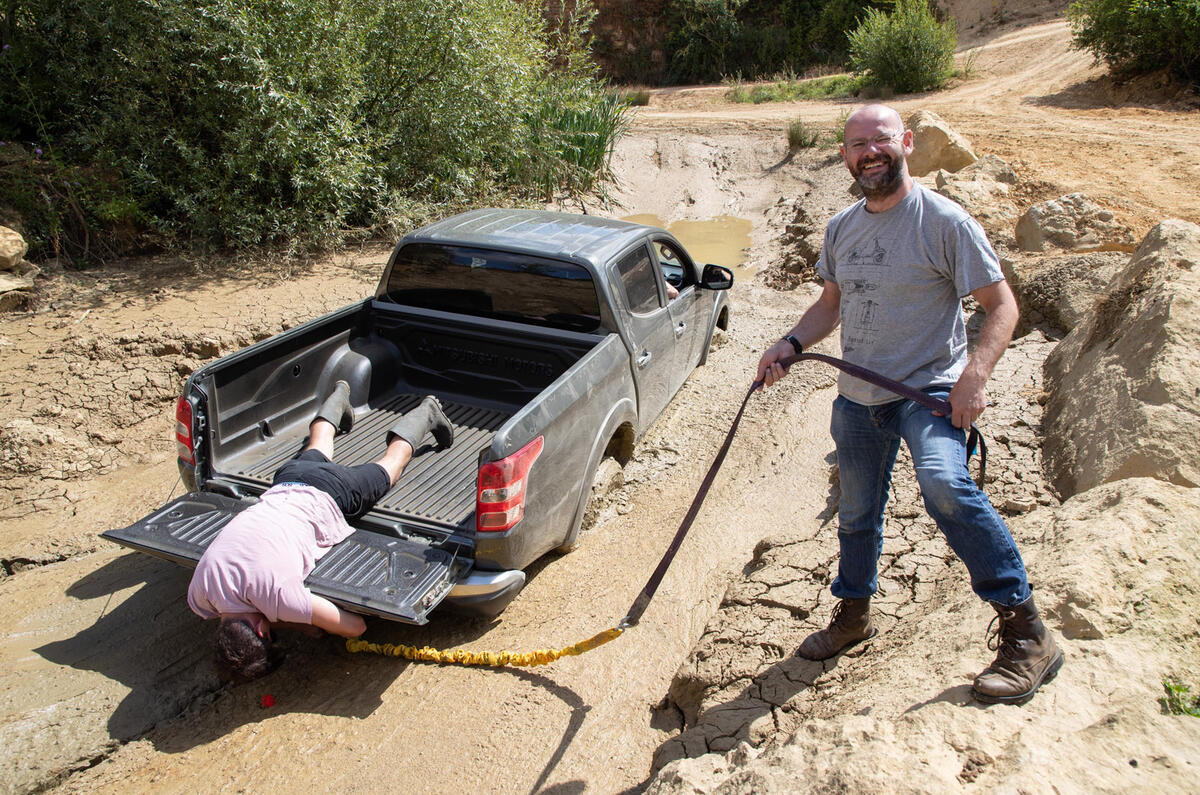
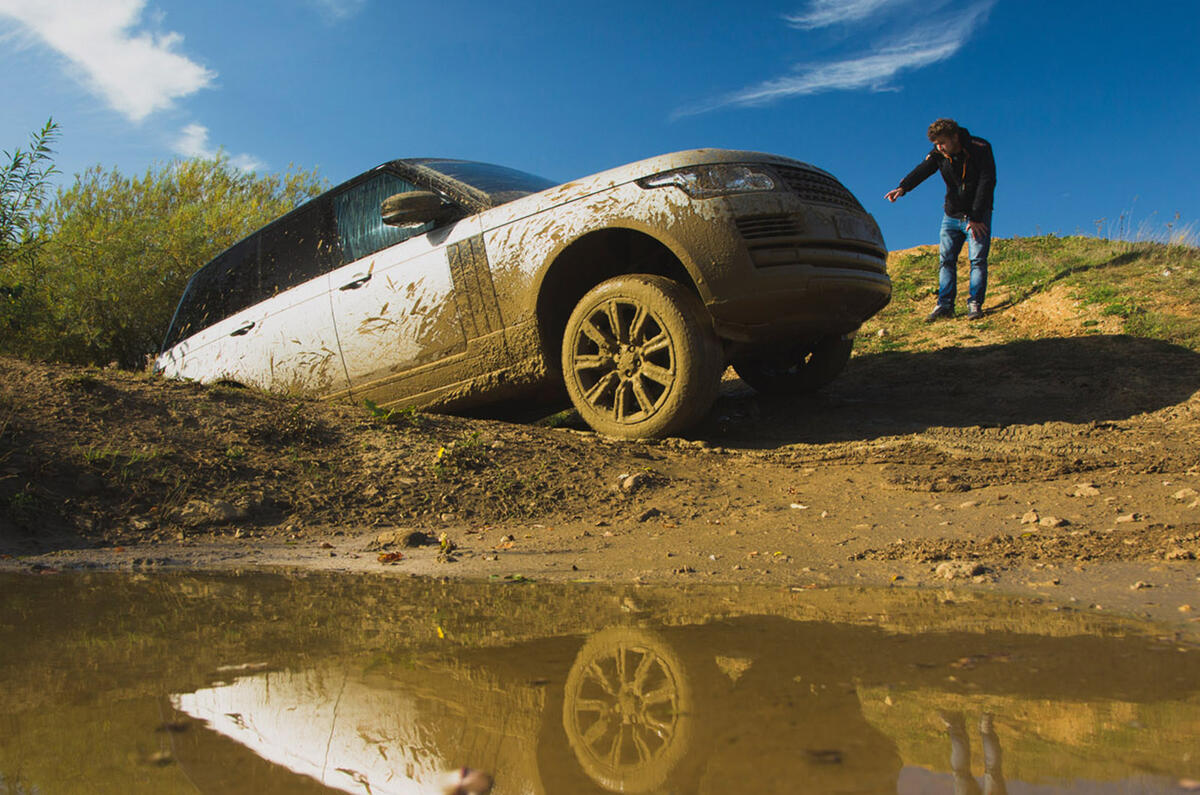
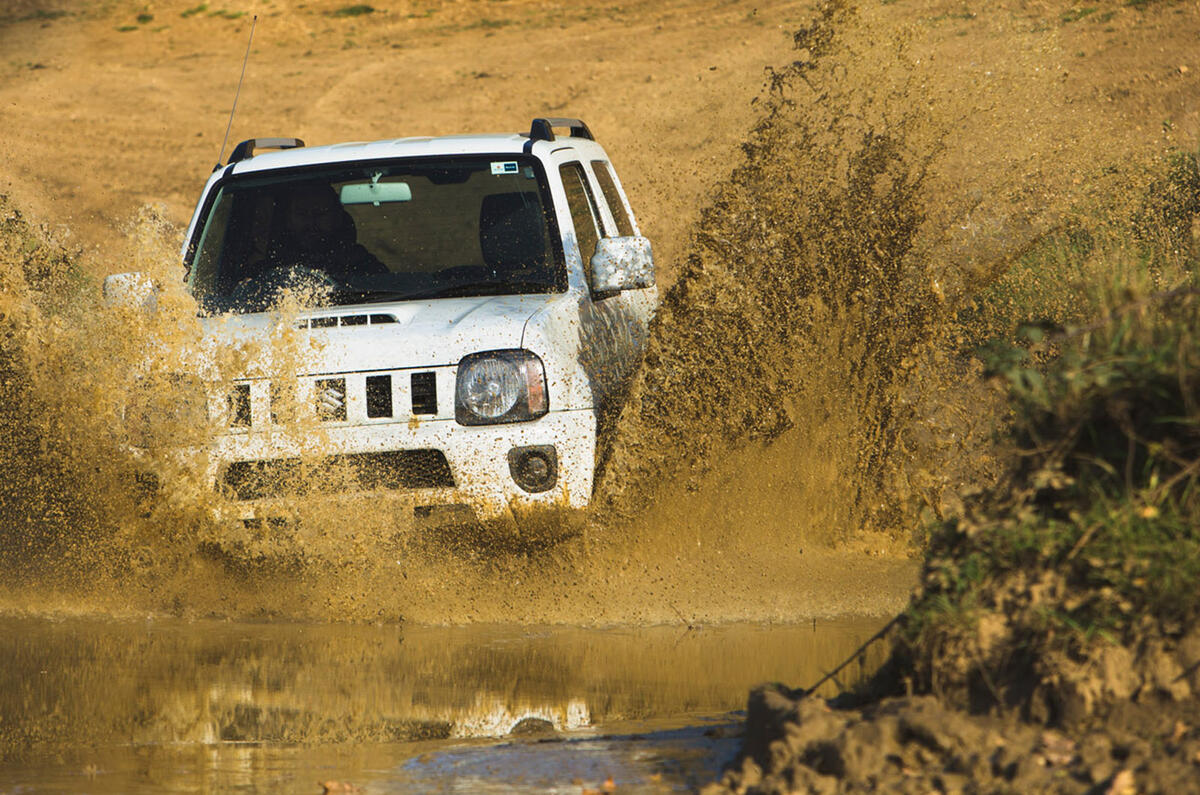


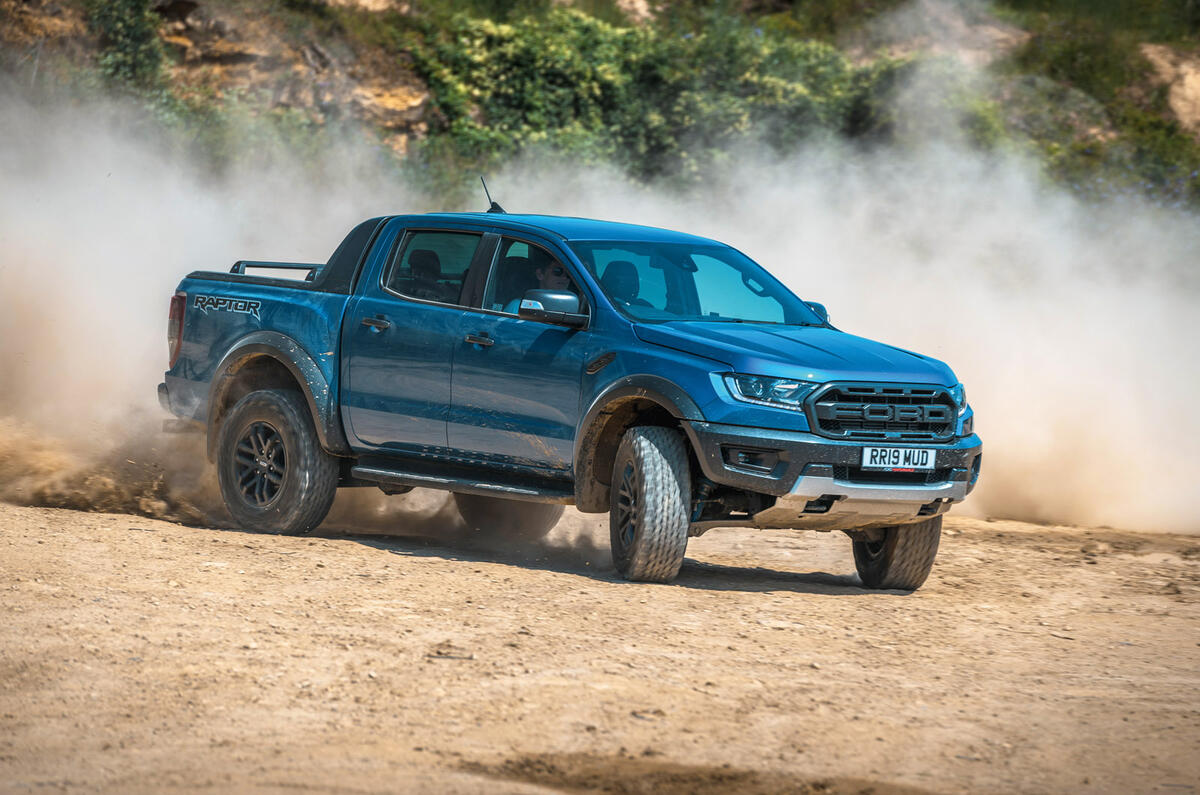




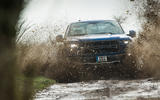








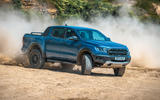
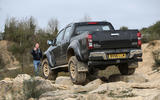








Join the debate
Add your comment
Geed - Google “offroad
Geed - Google “offroad centres” and you’ll see that there are places EVERYWHERE round the UK that you can do real offroading. Within 30mins of the major town where I live there are no less than 12 places where I can pay to properly offroad. And these are serious places where you will need a snokel and a winch.
You cannot properly off road
Everyone is entitled to their
Everyone is entitled to their own opinion. Yours is 100% wrong... but you're still entiled to be as wrong as you like.
What an utterly ignorant
What an utterly ignorant comment!
I am making more than $10k
I am making more than $10k per month, do want to discover how i am able make this much of amount.Please see .......Www.jobs35.com .............to learn about more